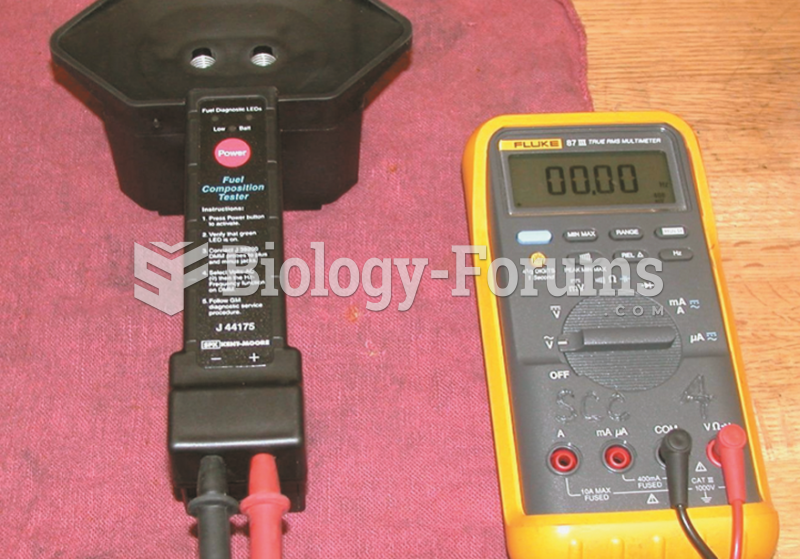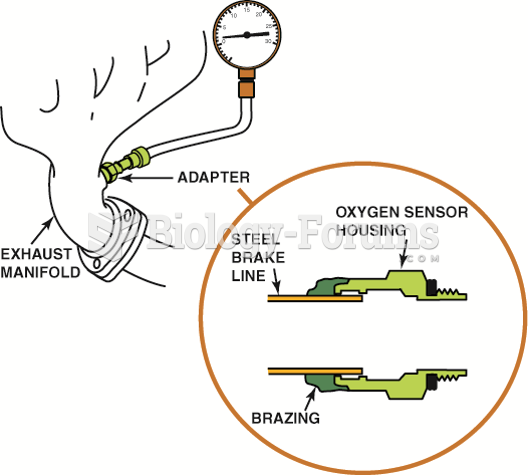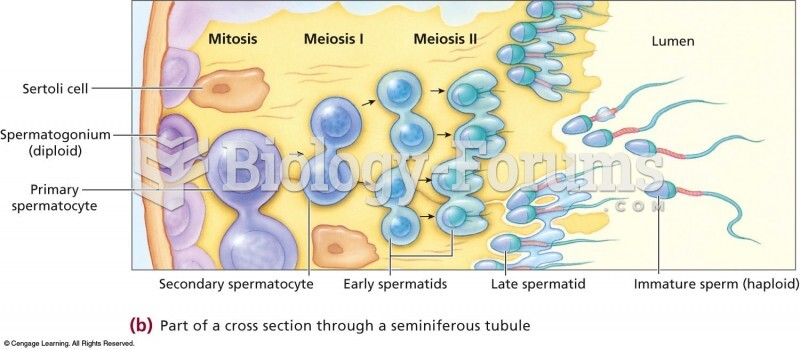|
|
|
As of mid-2016, 18.2 million people were receiving advanced retroviral therapy (ART) worldwide. This represents between 43–50% of the 34–39.8 million people living with HIV.
Adolescents often feel clumsy during puberty because during this time of development, their hands and feet grow faster than their arms and legs do. The body is therefore out of proportion. One out of five adolescents actually experiences growing pains during this period.
When taking monoamine oxidase inhibitors, people should avoid a variety of foods, which include alcoholic beverages, bean curd, broad (fava) bean pods, cheese, fish, ginseng, protein extracts, meat, sauerkraut, shrimp paste, soups, and yeast.
Atropine was named after the Greek goddess Atropos, the oldest and ugliest of the three sisters known as the Fates, who controlled the destiny of men.
A seasonal flu vaccine is the best way to reduce the chances you will get seasonal influenza and spread it to others.
 Successful agriculturalists must have a basic understanding of landscape structure and process. Thes
Successful agriculturalists must have a basic understanding of landscape structure and process. Thes
 A fuel composition tester (SPX Kent-Moore J-44175) is the recommended tool, by General Motors, to ...
A fuel composition tester (SPX Kent-Moore J-44175) is the recommended tool, by General Motors, to ...





